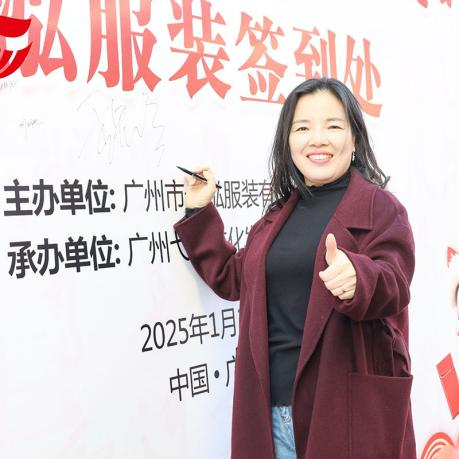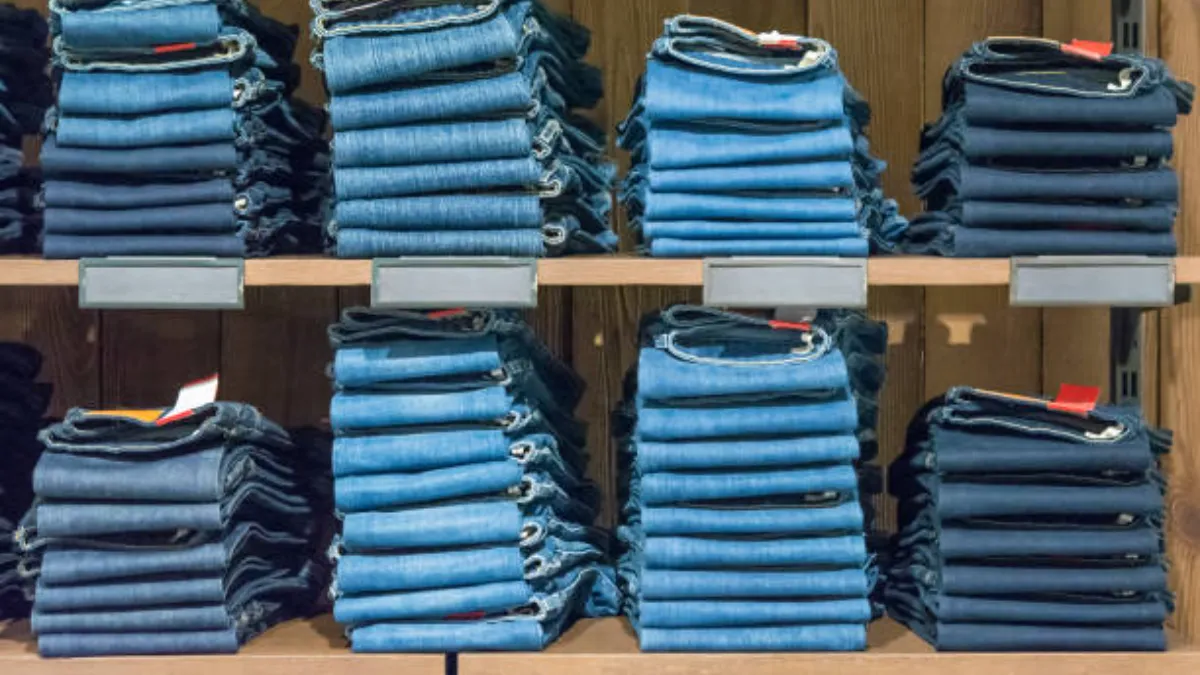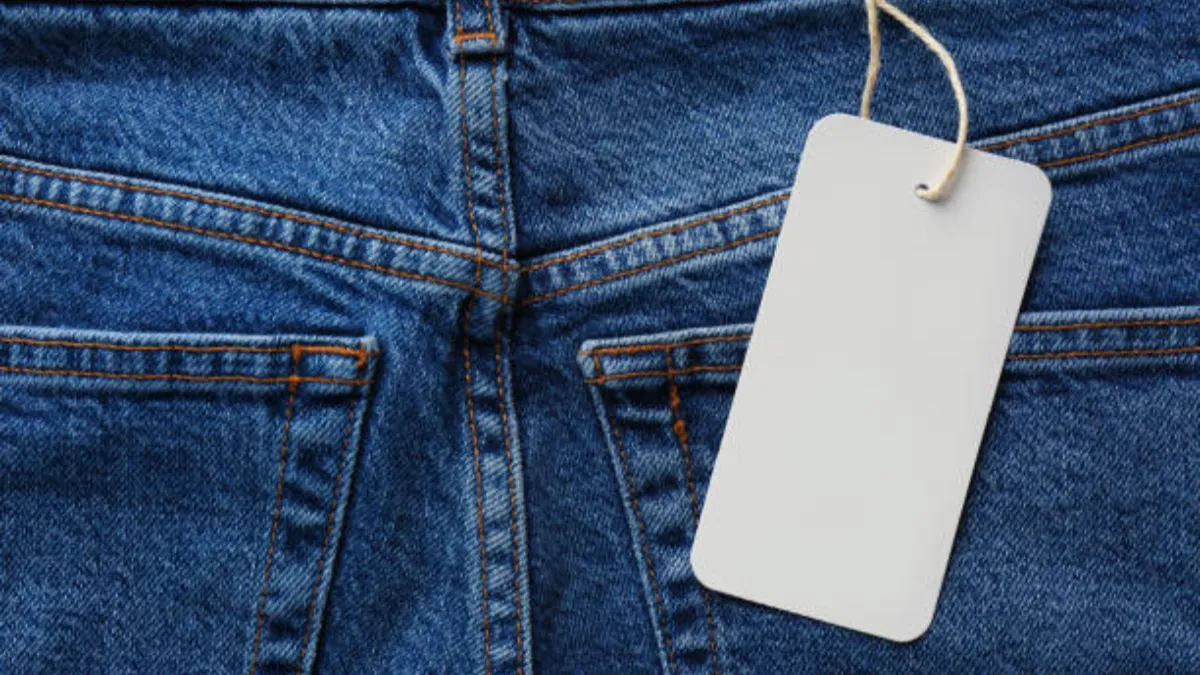Denim skirts are versatile apparel preferred in B2B retail for efficient inventory management and broad market appeal. Sourcing the right styles enables retailers to maximize margins, balance assortment depth, and differentiate their collections. This article outlines supplier evaluation, product planning, and merchandising strategies relevant to B2B denim skirt sourcing.
Key Factors for Choosing a High-Performing Denim Skirt Supplier

Your choice of supplier determines product quality, inventory turnover, and scalability. Competitive pricing is just one factor; long-term success relies on partnering with vendors who understand denim market dynamics, offer consistent craftsmanship, and can adapt to evolving order volumes.
Optimize SKU Selection for Market Trends
To optimize your product assortment, focus on key SKU categories such as high-waisted and maxi denim skirts, which are projected to lead in 2025. Avoid overstocking with underperforming styles by aligning your inventory with current trends.
Incorporating design details like distressed and patchwork finishes, which are gaining popularity, will appeal to trend-driven consumers and improve sell-through rates. Work closely with suppliers who can provide insights into style performance metrics to make informed decisions on which SKUs to prioritize.
Customization and Quality Assurance
Work with suppliers who offer high-quality samples and certified fabrics. Flexibility in customization—such as OEM, ODM, and private label services—lets brands control design and materials, ensuring products align with market demands and quality standards.
Inspect prototypes for seam integrity, fabric feel, and finish consistency. Evaluate sample approval timelines and bulk delivery schedules. A supplier who communicates clearly about their capabilities and limitations is more reliable than one that makes vague promises. Customization adds value only when backed by strong execution.
Transparent Pricing and Reliable Supply Chain
Transparent pricing and defined MOQ policies reduce risk. Reliable suppliers outline pricing tiers and order thresholds, helping with inventory planning. Strong supply chain management minimizes stockouts and excess inventory, while ERP systems help assess supplier performance, providing leverage for future negotiations.
Comparison of Leading Denim Skirt Suppliers
Each brings different customization options, MOQ thresholds, and production capabilities. The table below highlights five established shops, which are among the top denim jean manufacturers, to help align sourcing decisions with your operating model.
| Shop Name | Customization Model | MOQ | Material Options | Certifications | Turnaround Time |
|---|---|---|---|---|---|
| Changhong Garment | OEM/ODM/Private Label | Low | Wide assortment, recycled denim | ISO9001, BSCI | Rapid prototyping, flexible |
| Fast Retailing | OEM | Moderate | Standard & trend-driven | Global compliance | Consistent, established |
| Mango | Private Label/OEM | Varies | Fashion-forward, classic | Industry-standard | Designer collaboration |
| Bestseller Group | ODM/OEM | Medium | Classic, edgy | Eco-friendly options | Streamlined |
| MarketLine | ODM | Low | Casual, bulk | Regional | Fast for bulk |
2026 Denim Skirt Supplier Reviews
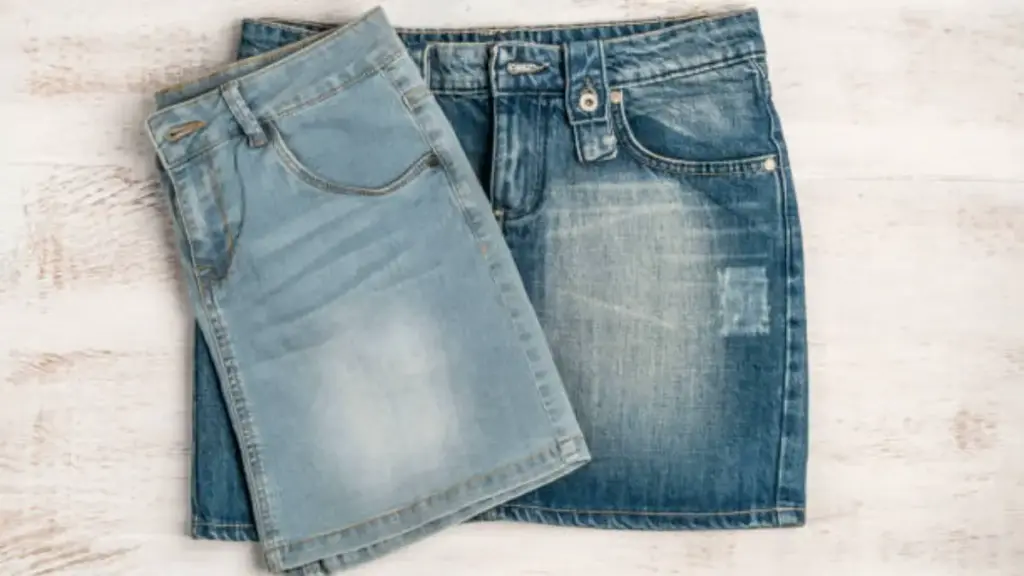
Your manufacturing partnership directly impacts speed to market, cost control, and brand identity. The suppliers below illustrate two strong approaches: advanced customization for brand-centric differentiation, and streamlined bulk supply for efficient category expansion.
Changhong Garment: Customization Leader
With over two decades of experience, Changhong Garment enables buyers to manage every major production variable. The company supports OEM, ODM, and private label channels, from fabric sourcing to finishing and packaging.
Their flexible MOQs accommodate pilots for emerging retailers, while established clients can specify tailored washes and sustainable blends. ISO9001 and BSCI certifications provide compliance assurance and align with sustainability goals.
Their rapid prototyping process supports trend validation through sample approval prior to bulk commitments—a critical advantage in condensed merchandising cycles. Changhong requests detailed creative input, which is optimal for brands with clear vision and internal design capacity.
Recommended for: Retailers focused on creative control, sustainability standards, and scalable production across varied order volumes.
MarketLine: Efficiency for Bulk Orders
MarketLine’s ODM approach simplifies bulk ordering for buyers focused on affordability and speed. Pre-designed denim skirt styles—minis, midis, maxis—serve general retail channels. Low MOQs and competitive unit pricing facilitate market trials and entry launches.
With a streamlined process, buyers benefit from prompt delivery and predictable costs. Regional compliance minimizes cross-border friction, while a transparent cost structure maintains margin reliability on large orders. MarketLine is best used for stocking proven, volume-oriented styles where customization requirements are minimal.
Recommended for: Retailers seeking affordable, volume-driven denim skirts with consistent and fast order fulfillment.
Advanced Merchandising Analytics for Denim Skirts
Integrated analytics tools help retailers monitor past sales, search trends, and regional preferences to optimize denim skirt assortments. By analyzing historical data, retailers can predict demand for core styles, adjust inventory levels, and make real-time ordering decisions. This proactive approach reduces stockouts and helps maintain a balanced inventory.
Advanced tools also uncover niche market opportunities, such as demand for “petite midi denim skirts” or “plus-size A-line denim.” Retailers who use data-driven insights can fine-tune their product mix, focus on high-demand items, and minimize the risk of markdowns. By leveraging these analytics, retailers stay agile, quickly responding to shifting trends and consumer preferences to maintain healthy inventory levels and maximize profitability.
Custom Denim Tailored to Your Brand’s Vision
Partner with a trusted denim manufacturer offering full control from fabric to finish. Benefit from flexible order sizes, sustainable materials, and hundreds of fresh styles monthly to bring your unique denim designs to life.
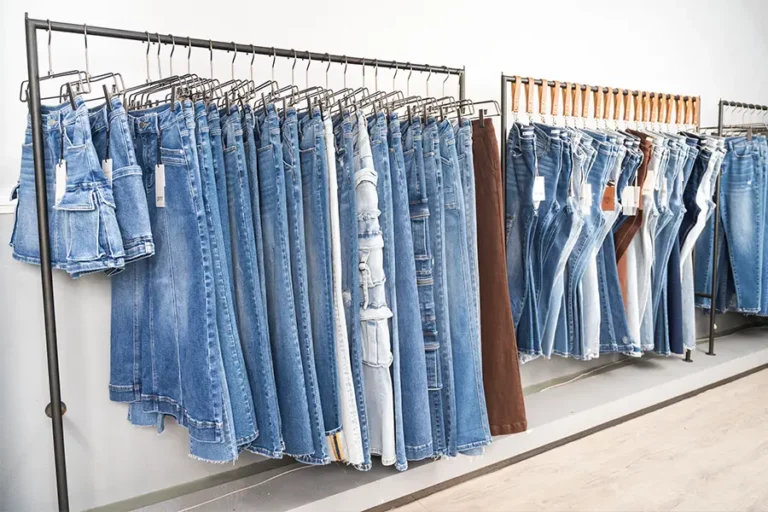
Trend-Focused Merchandising and Assortment Planning
Maxi and high-waisted denim skirts are expected to drive upcoming category growth, with distressed details gaining traction in wholesale. Timely assortment updates capture sell-through uplifts and support brand relevance among trend-oriented buyers. Stock versatile styles suited to multiple end uses—casual, office, weekend—to optimize turnover and minimize markdowns.
A balanced lot includes core cuts (mini, midi, maxi) and trend variants (patchwork, raw hem). Analytics-driven monitoring of SKU performance enables adaptive reorder cycles and budget allocation, reducing waste from underperforming designs.
Coordinated product launches—leveraging fast prototyping and incremental batch testing—improve speed to market and responsiveness. Retailers achieve healthier inventory turns by aligning supplier flexibility with agile merchandising.
Supplier Engagement and Negotiation Best Practices

Clear Communication: Ensure transparent terms regarding MOQ, pricing, and logistics, with all details documented, including production timelines and return policies.
Monitor Supplier Performance: Track KPIs like on-time delivery and defect rates. Use ERP data for regular performance reviews to optimize orders, unlock discounts, and negotiate better payment terms.
Foster Long-Term Relationships: Consistent orders and clear forecasts help build supplier loyalty, leading to benefits like fixed pricing or priority slots during peak periods.
Leverage Repeat Business: Suppliers who depend on consistent business are more likely to offer competitive terms and prioritize inventory for you.
Frequently Asked Questions
How many denim skirt SKUs should a small retailer stock for optimal performance?
Carry 8–12 decisive SKUs across essential lengths (mini, midi, maxi) and signature washes (light, medium, dark), prioritizing styles with sell-through rates above 70%. This approach keeps assortment lean, curbs overhead, and still provides sufficient variety.
Which digital solutions optimize demand forecasting and reduce stockouts for denim skirts?
ERP platforms leveraging real-time POS data highlight inventory trends and automate reordering. Retail analytics platforms forecast seasonal demand, while vendor-managed inventory programs synchronize restocking with actual sales velocity.
How can buyers secure favorable supplier terms while maintaining product standards?
Request material and sample details prior to large-quantity orders to validate standards. Negotiate tiered volume pricing attached to quality requirements, and cultivate repeat business to access priority slots and flexible payment structures without trade-offs in craftsmanship.
Which KPIs best assess denim skirt shop performance?
Monitor SKU-level sell-through, GMROI, days of supply, and markdown rates. These metrics provide a direct measure of assortment health, inventory efficiency, and overall profitability.
What is the expected ROI from launching a denim skirt capsule collection?
A curated capsule of 4–6 denim pieces typically delivers higher margins through focused marketing and minimal markdowns. Financial breakeven is often achieved within one to two selling cycles, particularly when demand is validated via pre-orders and disciplined allocation.
Conclusion
In this article, we’ve explored the key factors for sourcing high-quality denim skirts, from selecting the right supplier to optimizing SKU assortments and using data-driven insights. Changhong Garment stands out for its design flexibility, sustainable sourcing practices, and ability to manage order volumes effectively, making it a top choice for brands seeking customization and quality.
Take a fresh look at your denim skirt sourcing strategy—partnering with the right supplier can help you unlock better margins and grow your brand.

